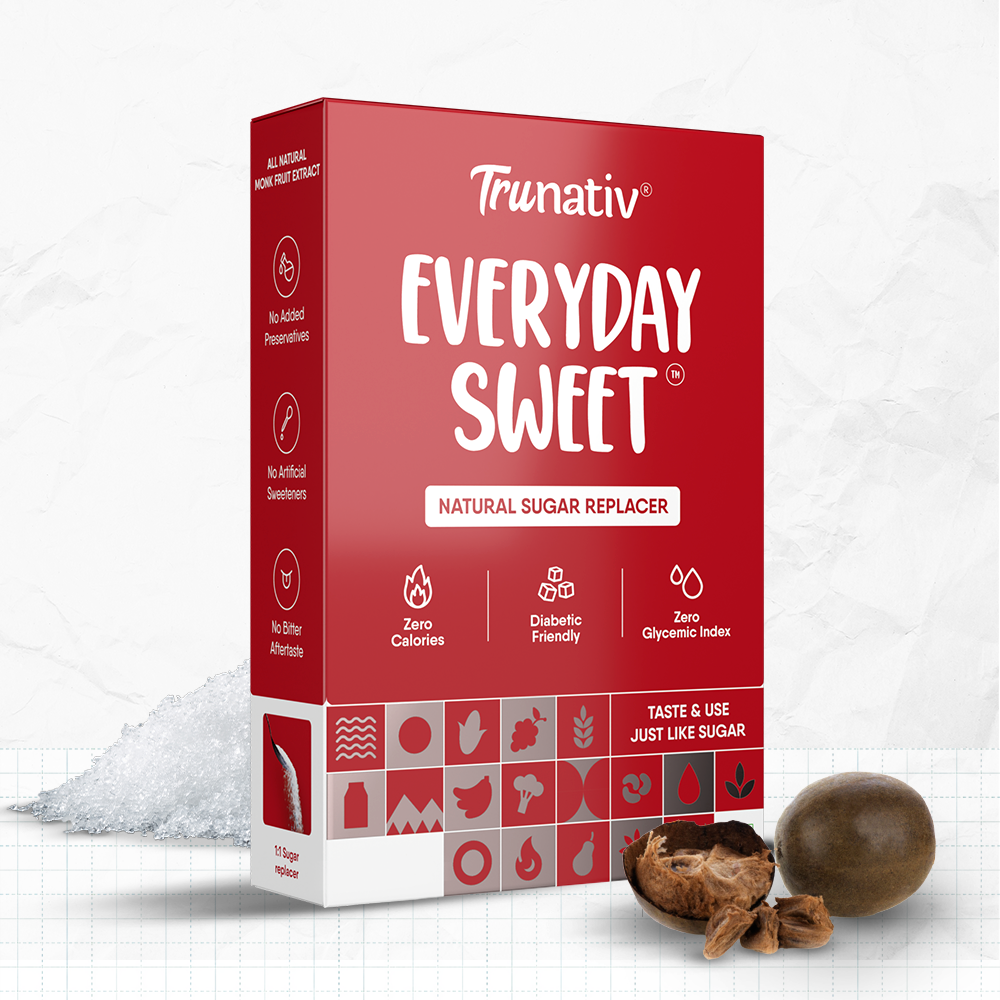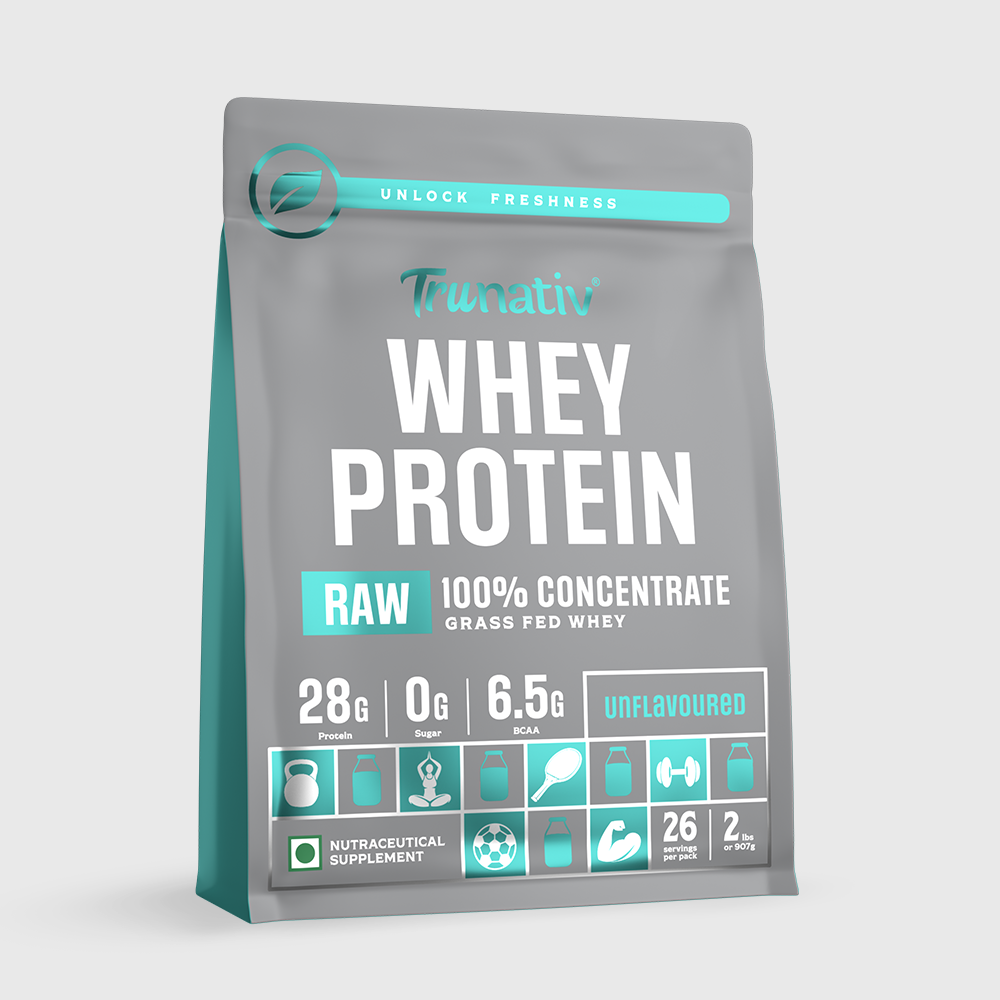

· By AMISHA SHUKLA
Ways To Increase Fiber in the Diet

Fiber is found in plants, where it serves as a skeleton to help plants keep their shape and structure. Humans can't digest fiber, so when we eat plant-based foods, it passes through the small intestine into the colon, where it enables maintaining frequency and bowel health.
Dietary Guidelines suggest ingesting 14 grams of fiber per 1,000 calories per day. They also provide guidelines on the basis of your age and gender.
- Women aged 19–30 should consume 28 grams of fiber per day
- Men aged 19–30 should consume 33.6 grams of fiber per day
- Women aged 31–50 should consume 25.2 grams of fiber per day
- Men aged 31–50 should consume 28 grams of fiber per day
- Women aged 51 and over should consume 22.4 grams of fiber per day
- Men aged 51 and over should consume 28 grams of fiber per day
The trouble is that most people don't get sufficient fiber in their diet. But we're about to transform all that. So here are some of our favorite methods to increase your fiber intake today.
-
Make a Fruit Salad
A fruit salad creates an amazing complement to a meal or can function as a dessert. It doesn't have to be difficult; incorporate some of your favorite fruits and add a small fruit juice or yogurt as a dressing. You can mix in a few nuts and seeds for even extra fiber.
-
Eat the Entire Orange Rather than Just the Juice
We're not telling you orange juice is not good for you. It's got a bunch of vitamins and minerals. However, when you eat the whole orange, you're getting much more fiber, it's juicy and sweet, and you always get all the vitamins and minerals. A whole orange provides 3.7 grams of fiber. A glass of orange juice (6.75 ounces) delivers just 0.6 grams of fiber.
-
Eat the Skins of Apples and Pears
Picky eaters may not be excited about eating the skins that cover fruits. However, while you wouldn't eat a banana peel or an orange rind, you can appreciate apples and pears with entire coverings. Not only does the skin cover the tender flesh inside, but it also has more than half the fruit's fiber.
-
Don't Peel Your Potatoes.
You might see a theme growing here. The pieces you might normally toss into the compost are presumably good for you. So much of the fiber in a potato is in the skin, and there's no logic the skin can't be worked into your dish. Even mashed potatoes are tasty when made with unpeeled potatoes.
Pro Tip: Don't buy potatoes that have a greenish color to the skin. It makes them taste bitter.
-
Buy 100% Whole Grain Bread.
Classic refined white bread has been a forte for decades because people usually choose the lighter flavor and texture compared to whole grain bread, that's heavier, both taste and texture-wise. But the bran extracted during the flour-making method takes a lot of fiber.
Whole grain bread may be a piece of an acquired taste, but don't be surprised if, after consuming them for a while, you don't care for plain old white bread anymore.
-
Switch to Brown Rice
Brown rice is more useful than white rice because it has high-fiber bran. As a result, it's got a nuttier flavor and better texture than white rice. Not big on brown rice? Try wild rice or quinoa. They're both richer in fiber than white rice and are tasty on their own or combined with brown rice into a pilaf.
-
Add Vegetables to Canned Soup
Canned soup is excellent to have because it's suitable. Immediately boost the fiber content (and overall nutrition) by counting freshly cut or frozen vegetables to your soup and simmering until they're soft. Carrots, peas, or potatoes are all adequate choices.
Pro Tip: Go for low-sodium soups and stews when you can.
-
Snack on Nuts and Seeds
Nuts like walnuts, pecans, almonds, Brazil nuts, and cashews are good sources of fiber, protein, and healthy fats. They're ideal for an afternoon snack that'll tide you over until dinner time. All nuts are good (raw or roasted) but watch out for the flavored and sugar-coated nuts that add extra calories.
-
Add Berries to Yogurt
Yogurt is an amazing source of calcium, protein, and healthy bacteria. Serve a superfood dessert by topping a velvety smooth Greek yogurt with blueberries, raspberries, or strawberries. Count a few nuts or a little granola for more fiber. Drizzle with a little honey for a hint of sweetness.
-
Try Oatmeal
We understand that oatmeal can seem tedious, but we've got the fix. There are several options you can try regarding steel-cut oats. We know they take a bit to cook but trust us, they're worth the wait. You can also use common quick-cook or rolled oats as well. Finally, top your oatmeal with berries, dried fruits, and a touch of honey or brown sugar for an excellent tummy-warming breakfast.
-
Consume Salad as a Meal
One of our favored methods to increase fiber and cut calories is to eat a salad that's strong enough to serve as a meal. Begin with a bed of flavorful greens such as kale, arugula, or spinach. Next, add chickpeas or white beans for some plant-based protein or avocado, nuts, or seeds for some wholesome fat. Then top with a little vinaigrette. Finally, if you require more protein, top it off with cooked shrimp, chicken, or salmon.
-
Served Beans or Lentils as a Side
Legumes are super-high in fiber. So sufficing beans or lentils with lunch or dinner immediately increases your fiber intake dramatically. A one-half cup of black beans provides 8.3 grams of fiber, and a half cup of lentils delivers over 8 grams. Try vegetarian baked beans or serve black beans, lentils, or red beans as a side. They're all rich in fiber and packed with nutrients. Oh, and canned beans are good, too. Just rinse them before cooking.
-
Exchange Fresh Veggies for Your Chips
Chips and dip are famous foods for parties or binge-watching your favorite TV shows. But they're loaded with fat and usually low in fiber, so dump the chips and serve crunchy fresh veggies instead. Cucumbers, carrot sticks, celery, jicama, or sliced peppers are great veggies to dip.
-
Try Whole Grain Pasta
Most pasta is created with refined white wheat flour because it delivers the best texture. However, more and more whole grain pasta is hitting the shelves and is very delicious. You can also find red lentils, chickpeas, or black bean pasta on most store shelves, even increased in fiber.
To conclude
Fiber is a powerful nutrient that is required to maintain good health. But unfortunately, this component of plant-based foods is something we can not digest. Still, it is essential for us as it supports regularity and bowel health.














